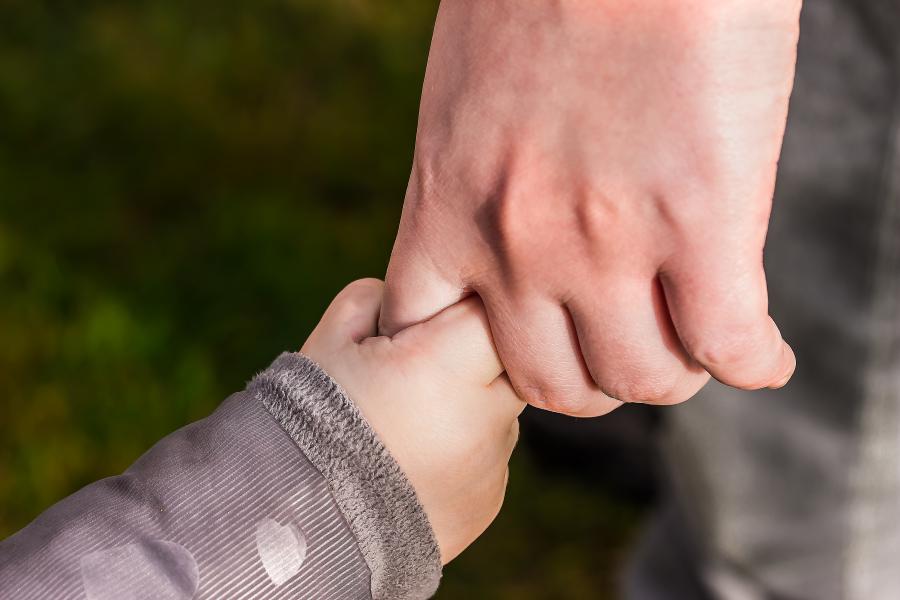The Orphan Pandemic: How the COVID-19 Pandemic Has Made Many Children Around the World Orphans
Everyone knows that the COVID-19 pandemic has placed a tremendous burden on society. However, scientists are still working to understand the second-hand consequences of the COVID-19 pandemic. One consequence that is coming into focus is that the pandemic has created lots of orphans. So far COVID-19 has killed just over 1 million people in the US (1) and 6.5 million people world-wide (2). Among all these lives lost were parents, some of whom left their children behind without anyone to take their place. While these tragic cases have happened everywhere, research is finding that they happen more often in some countries than others, and for interesting reasons.
This week’s study looked at COVID-19 orphans, the children who lost their parents to COVID-19. The study aimed to understand what leads to more COVID-19 orphans in a given country. The study (3) looked at trends related to the amount of COVID-19 orphans in 139 countries. To do this, the researchers combined different types of data on population demographics and health issues in each country.
The main statistic that the researchers were interested in was the number of orphans per COVID-19 death. This is the average number of children who became orphans for every adult that died from COVID-19. This statistic gives us an idea of how many children in each country became orphans after losing their parents to COVID-19. How was it calculated? For each country, the researchers gathered a few different types of data. This included the average number of children per family, the number of COVID-19 deaths among mothers and fathers, data on the number of COVID-19 deaths in general, and data on how quickly COVID-19 spreads to others. Then researchers plugged all this data into a formula. The formula (discussed in greater detail in the study) calculated on average how many children became orphans whenever an adult died of COVID-19. The researchers then compared the number of COVID-19 orphans across countries and explored whether different trends in each country were related to higher or lower numbers of COVID-19 orphans.
After collecting the data and performing the calculations, it was found that there were more COVID-19 orphans in poorer countries when compared to wealthier countries. They also found that countries that had higher rates of chronic health conditions among younger adults (15-49 years-old) had more COVID-19 orphans. Lastly, the study showed that countries with less vaccine coverage (a lower proportion of people having a second dose of a COVID-19 vaccine) had more COVID-19 orphans. The researchers concluded that each of these trends were likely associated with a greater chance of people dying from COVID-19. By causing more people to die from COVID-19, these trends lead to more parents dying and more children becoming COVID-19 orphans in the countries where these trends are present. For example, lower income countries have less hospitals with less resources to treat severe COVID-19 cases, which leads to more COVID-19 deaths in general. Countries in which younger adults (15-49 years-old) have more health issues are also likely to see more COVID-19 deaths among parents and therefore more COVID-19 orphans. Countries in which less people are vaccinated against COVID-19 see more COVID-19 deaths because less people are protected by the vaccines.
If we want there to be less orphans here in the US, then we need to make it so less parents are dying from COVID-19. The best way to reduce COVID-19 deaths is to get vaccinated against COVID-19. COVID-19 vaccines are available to everyone aged 6 months and older. If you completed your primary series of vaccination but have not gotten a booster dose, you are eligible for a booster dose 2 months after your primary series. The vaccines are free of charge and available every day at many different locations in Bridgeport. You can learn more about the vaccines and where they are available at COVID-19 Vaccination Information.
Definitions
Population Demographics – Population demographics are features of the people in a population (such as the population of a country or city). Common population demographics include the age of the people in a population and the number of males and females.
Sources
- Centers for Disease Control and Prevention. (2022, September 19). COVID Data Tracker. https://covid.cdc.gov/covid-data-tracker/#trends_dailydeaths_select_00
- World Health Organization. (2022, September 19). WHO Coronavirus (COVID-19) Dashboard. https://covid19.who.int/
- Lowe, C., Rachmawati, L., Richardson, A., & Kelly, M. (2022). COVID-19 orphans—Global patterns associated with the hidden pandemic. PLOS Global Public Health, 2(8), e0000317.

